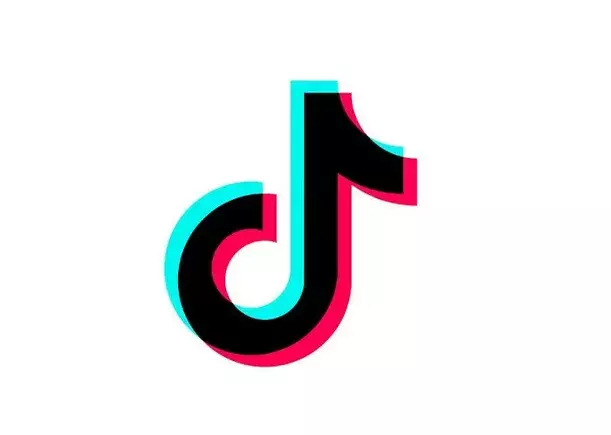The recent release of TikTok’s Transparency Report signifies a pivotal moment for the platform, illustrating its commitment to maintaining integrity amidst the dynamic landscape of social media. With the European Union’s Code of Practice laying the groundwork for these disclosures, TikTok has taken substantial steps to ensure that its service not only entertains but also upholds a standard of trustworthiness for its users. As we delve into the key findings of this comprehensive report, we must recognize the significance of these efforts in combating misinformation, ensuring responsible content management, and promoting authentic interactions.
Political Advertisement: A Battle for Control
In the second half of 2024, TikTok’s enforcement of its ban on political advertisements culminated in the removal of over 36,740 such ads. This already staggering figure reflects the app’s growing influence as a platform for communication and engagement among younger demographics. The persistent attempt by political groups to harness TikTok’s vast user base highlights a fundamental challenge: balancing the desire for unrestricted expression with the imperative of preventing manipulation. The platform’s proactive measures against political ad placements underscore the need for vigilant monitoring to protect its integrity and prevent exploitation by malign actors.
Despite TikTok’s established guidelines, the influx of political ads indicates that some groups are struggling to adapt to the platform’s unique environment. This situation serves as a clarion call for social media companies to not only reinforce their policies but also to engage in educational efforts that clarify the rules around political discourse within these virtual spaces. Without a clear understanding from users and content creators alike, the potential for misuse remains a pressing concern.
Combatting Fake Accounts: A Step Towards Authenticity
The report highlights another significant statistic: near 10 million fake accounts were removed alongside an astonishing 460 million fake likes attributed to these profiles. This data crystallizes the ongoing battle against inauthentic engagements on social media platforms. The ramifications of such deceptive practices are profound, as they taint genuine interactions and undermine trust in the content shared on these networks.
By eliminating these dishonest accounts and likes, TikTok champions the essence of authenticity, positioning itself as a platform where user interactions stem from real individuals rather than artificially constructed personas. However, while TikTok’s strides towards this goal are commendable, it raises pertinent questions about the cost of such interventions. Strengthening the barriers against fraudulent activity must be accompanied by continuous improvements in user identification processes and fostering a culture of accountability among users to maintain this momentum.
AI-Generated Content: Navigating New Territory
The surge in AI-generated content presents yet another layer of complexity for TikTok and other social media platforms. In its report, TikTok disclosed that it removed over 51,000 videos for violations related to synthetic media guidelines. The rapid evolution of AI technologies necessitates a proactive approach to safeguarding users and maintaining content integrity. By leading the charge with C2PA Content Credentials, TikTok is showing the industry a way forward in managing the risks associated with AI-generated content.
Despite these advancements, the report echoes sentiments from Meta, indicating that AI content had a minimal impact on election integrity last year. Nonetheless, the implications of even a minute percentage of misleading AI content can be amplified in the right social context, making it imperative for platforms to remain vigilant. As the use of generative AI becomes more prevalent, the collaboration among social media companies to establish robust frameworks for monitoring and labeling this content signals a remarkable shift towards collective responsibility in the digital era.
The Role of Fact-Checking: A Critical Component
TikTok has recognized the vital role of fact-checking in this complex landscape, demonstrating its seriousness in tackling misinformation. By onboarding new partners and expanding its network to include 14 IFCN-accredited fact-checking organizations, TikTok is setting a laudable standard for peer collaboration. This commitment not only enhances its capacity to combat misinformation but also promotes a multifaceted approach to fact verification that can serve as a model for other platforms.
Interestingly, the report highlights that content shares among EU users decreased by 32% whenever an “unverified claim” notification was presented. Such data validates TikTok’s reliance on third-party fact-checking, suggesting an effective method to curb the spread of misinformation. However, the task remains daunting, and striking a balance between speed and thoroughness in fact-checking will be crucial. This underscores a broader industry need for scalable solutions that can quickly address the deluge of user-generated content while ensuring accuracy.
As TikTok navigates these challenges, it will need to embrace a future where the balance of free expression, accountability, and misinformation mitigation is finely tuned, allowing it to maintain its position as a leader in the social media space. The path forward won’t be easy, but the connection between transparency, authenticity, and user trust is one that can no longer be ignored.

